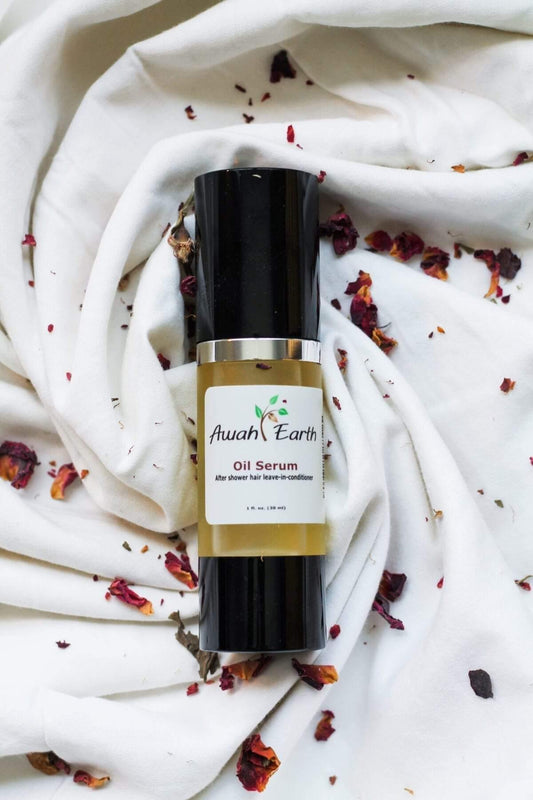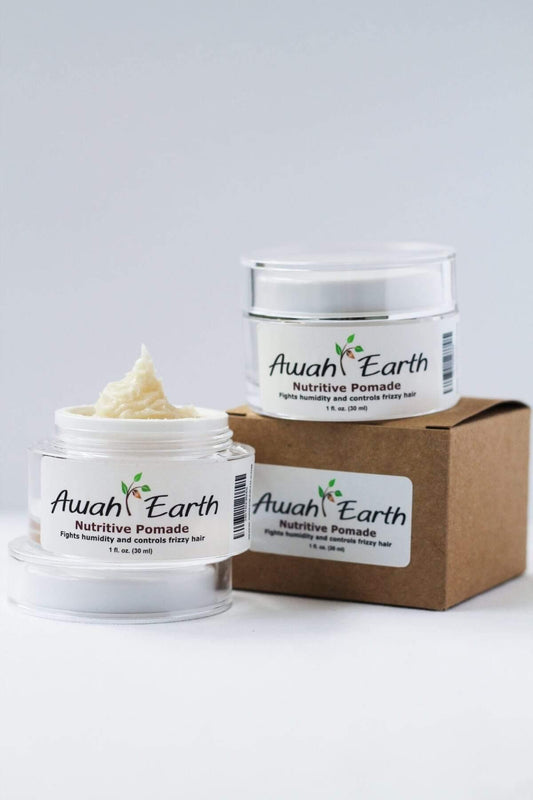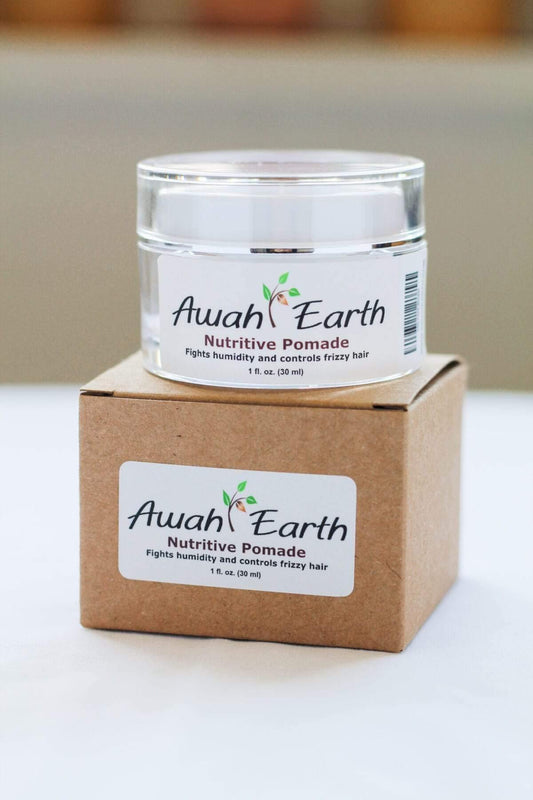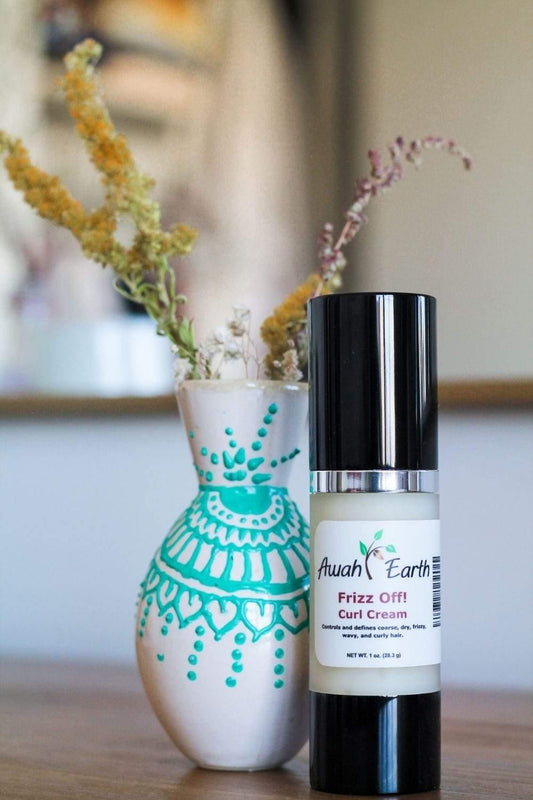
Skin lightening products are always in high demand. Consumers are willing to spend a considerable amount of money on them. In this article, I will discuss the natural ingredients that you should look for to achieve a lighter skin tone.
Kojic acid
Kojic acid is derived from a fungus and, therefore, is considered a natural option. This chemical is a potent antioxidant and most importantly inhibits the activity of tyrosinase enzyme. Tyrosinase enzyme, if uncontrolled, may result in increased melanin synthesis. Increased melanin in the skin means darker skin. By inhibiting the production of tyrosinase enzyme, kojic acid reduces the production of melanin and may help in achieving a lighter skin tone. Kojic acid has shown to work at concentrations ranging from 1% to 4%.
Arbutin
Arbutin is a natural compound that is similar to hydroquinone. Hydroquinone is an agent that is used in many skin lightening products. One example would be Ambi cream. Arbutin is found in dried leaves of uva-ursi, blueberry, cranberry, and pear trees. Like kojic acid, arbutin is also a tyrosine kinase inhibitor. Additionally, it also inhibits the maturation of melanosome. Melanosome is an organelle that is the site for synthesis, storage, and transport of melanin. As mentioned before, melanin is the agent that gives your skin its color. Melanosomes in your skin are responsible for color and to protect from direct sunlight. Therefore, by inhibiting the maturation of melanosome in your skin, arbutin might help with lightening your skin.
More detailed studies are needed to evaluate the efficacy of both kojic acid and arbutin. However, several studies have shown that kojic acid works better than arbutin to lighten the skin. Combining both kojic acid and arbutin may give better results.
NOTE: Deoxyarbutin is a synthetic derivative of arbutin. This derivative works better than arbutin and has a better safety profile compared to hydroquinone.
Vitamin C
Vitamin C is another naturally occurring antioxidant that may help in lightening the skin. The mechanism of action for the skin lightening process for vitamin C is somewhat similar to the other agents discussed above. Through some chemical reactions, vitamin C helps to inhibit the formation of melanin. The problem with naturally occurring vitamin C is that it is very unstable and usually breaks down. So, products that claim to have natural vitamin c in them may not work. Due to the volatile nature of natural vitamin C, scientists created a synthetic version of it that remains stable and when applied to the skin provides reliable results. The two most popular synthetic versions of vitamin c are magnesium-ascorbyl-phosphate and ascorbyl-6-palmitate.
How well does vitamin C work for skin lightening?
There is some very conflicting information about the practical use of vitamin C. One study showed that using 10% of magnesium-ascorbyl-phosphate (synthetic vitamin C) topically helps with skin lightening. However, to get any positive results, it is best to use vitamin C serums in combination with other skin lightening products.
Alpha-tocopherol (Vitamin E)
The process of how vitamin E helps with skin lightening is not well understood. However, there was a study conducted where scientists observed that the use of vitamin E in combination with vitamin C gave better results in lightening the skin than either of the vitamin being used alone.
Vitamin E is a good antioxidant and is well known to protect the skin from sunlight damage. Vitamin E, just like vitamin C, when used topically does not have any severe side effects.
Niacinamide (vitamin B3)
The way niacinamide works topically for skin lightening is a little complicated. However, vitamin B3 is well known for its skin lightening function. Studies have shown that using 2% niacinamide topically for four weeks helps to lighten the skin. On the downside, there is a plateau in the treatment effect. In other words, if you keep using niacinamide after four weeks, you will start to notice that it is not working anymore. It seems that our body, over time, adjusts to the higher presence of niacinamide on the skin by increasing the synthesis of melanin (the color pigment of the skin).
It is best to use niacinamide topically with sunblock. Many commercial products for skin lightening and dark spots combine vitamin B3 with vitamin C.
Botanical/plant extracts
There are currently many herbal options that are available for skin lightening. However, conclusive studies are lacking for most of them. Lack of evidence makes it difficult to say with confidence which herbs will give you the best result. Most of the suggestions are based on traditional knowledge. Licorice root, on the other hand, is one herb that I have come across that has some evidence that it works for skin lightening. Other herbs that are used traditionally for skin lightening are:
- Grape seed extract
- Aloe vera extract
- Marine algae extract
- Green tea extracts
- Coffeeberry
Use sunblock
- Use broad-spectrum sunblock. Broad-spectrum means the product blocks UVA and UVB rays. UVB rays from the sun cause visible sunburn. However, both UVA and UVB rays from the sun cause skin damage and may cause skin cancer.
- SPF of 15 to 30 is enough for most people. There is no evidence that SPF over 50 is any better.
- Apply sunscreen 15 minutes before exposure to direct sunlight and reapply it every 2 hours or sooner if swimming or sweating.
- Any tan is a sign of skin damage. Additionally, a “base tan” on the skin does not protect much against further damage or skin cancer.
- Evidence proves that SPF 15 sunscreens help reduce skin aging.
- Discard sunscreen by the expiration date or if it has changed color or consistency.
Which sunscreens are better to use?
There are two types of sunblock. One is referred to as chemical sunscreen, which contains oxybenzone, and the other is referred to as a physical sunscreen that contains titanium dioxide or zinc oxide. If you are concerned about the use of oxybenzone on the skin, you have the option of using the physical sunscreens. However, you should be aware that physical sunscreens are harder to apply, may leave a white residue, stain clothing, and are comedogenic (blocks pores).








